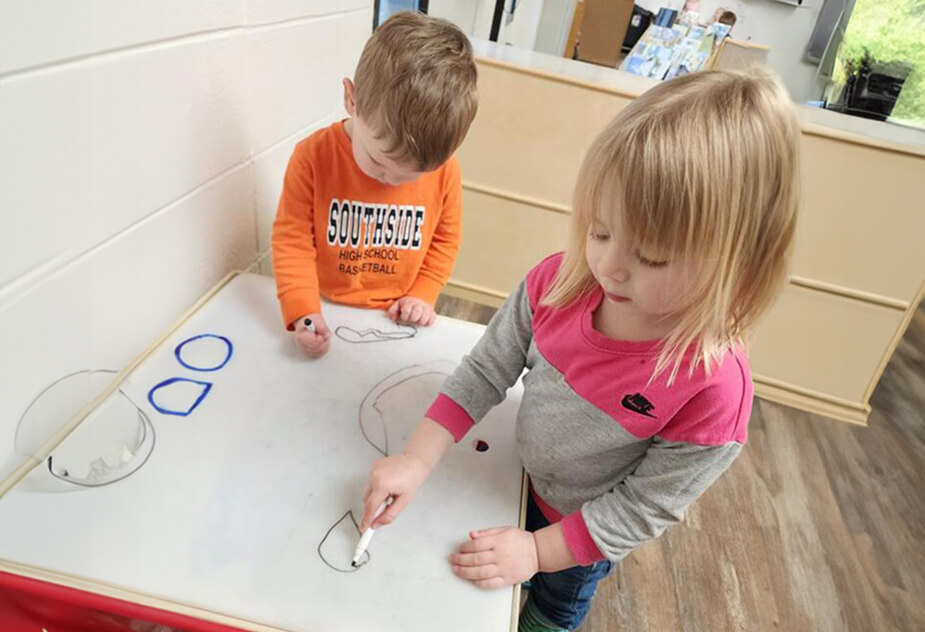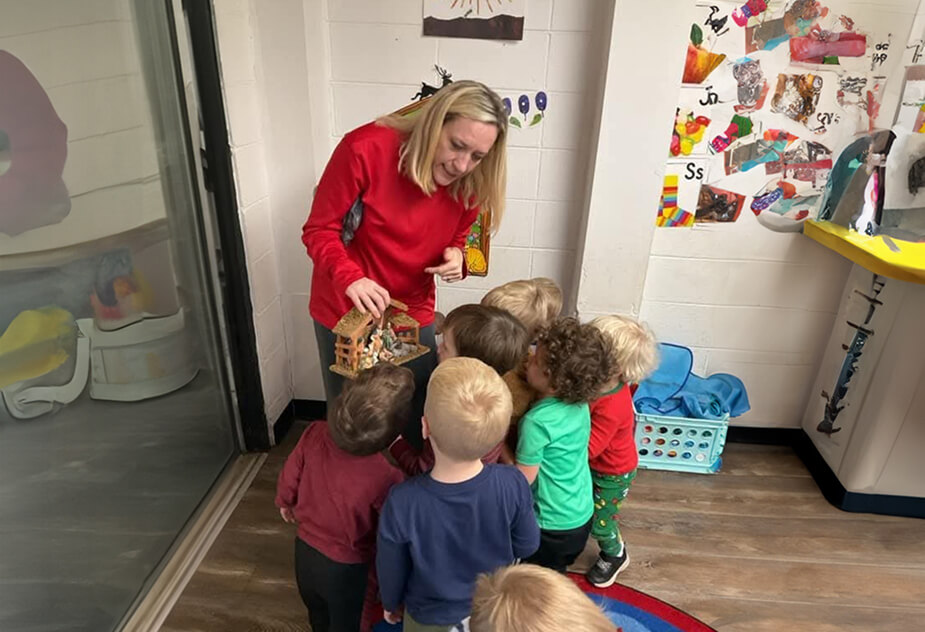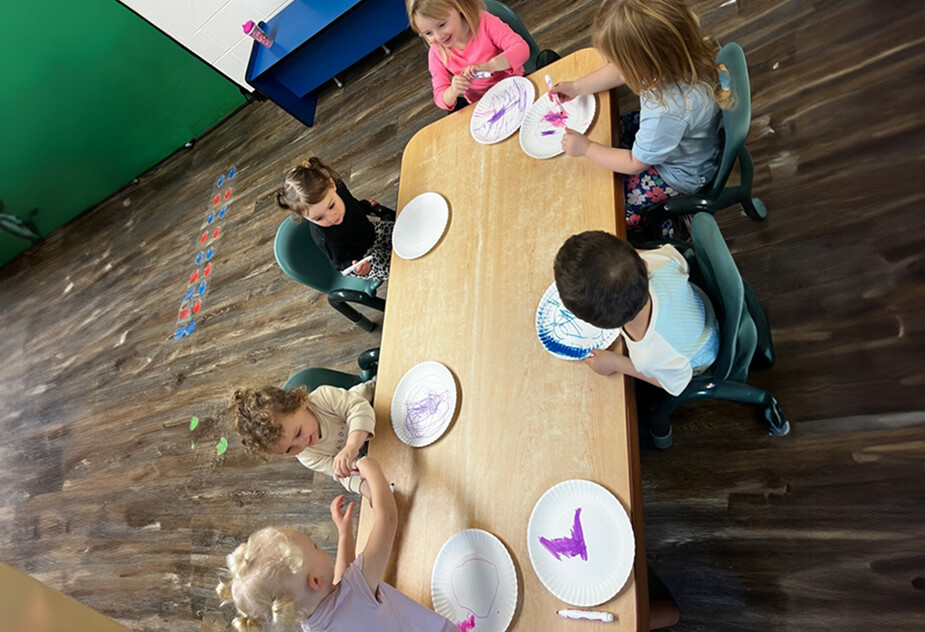In today’s digital age, preschool children are increasingly exposed to screens at an early age. From educational apps to animated shows, digital devices offer both opportunities and challenges for young learners. However, balancing these screen-based activities with sufficient physical activity is crucial for holistic development. This balance is vital not only for cognitive and physical health but also for fostering social skills in young children. Understanding and implementing a healthy equilibrium between screen time and active play can set the foundation for healthier lifestyle habits as children grow.
Understanding the Effects of Screen Time
Overview of Screen Time
Screen time refers to the amount of time a person spends watching TV, using computers, playing video games, or using mobile devices. For preschoolers, this often includes interactive educational games and video storytelling.
Cognitive and Social Impacts
While some screen time can be beneficial, providing interactive learning and exposure to new ideas, excessive use can lead to attention problems, school difficulties, sleep disturbances, and reduced social interactions. Studies suggest that overuse of digital media might replace time spent on physically engaging activities and face-to-face interactions, which are critical for learning social cues and skills.
Physical Health Concerns
Excessive screen time is also linked to various physical health issues, such as obesity, irregular sleep patterns, and behavioral problems. The sedentary nature of screen activities means less time is spent on physical play, which is essential for developing motor skills, strength, and overall health.
The Benefits of Physical Activity for Preschoolers
Cognitive Benefits
Physical activity in young children is not just about physical health; it also significantly impacts cognitive development. Engaging in physical play and exercise can improve concentration, memory, and classroom behavior. Physical activities stimulate brain growth and enhance learning capacity by increasing blood flow to the brain and improving neural connectivity.
Social Skills Development
Group sports, playground activities, and other forms of cooperative physical games help young children learn how to work in teams, share, negotiate, and resolve conflicts. These activities provide essential practice in self-awareness, self-regulation, empathy, and adaptability—skills crucial for lifelong success.
Physical Health Advantages
Regular physical activity helps build strong bones and muscles, reduces the risk of obesity, and promotes cardiovascular fitness. It also can set the stage for a lifetime of healthy habits, as children who are active are more likely to remain active as adults.
Through a balanced approach to screen time and physical activity, preschool educators and parents can optimize the development opportunities for children, ensuring they grow up with a healthy relationship with technology and a strong foundation in physical fitness.
Strategies to Balance Screen Time with Active Play
Creating a Schedule
Establishing a routine is essential for balancing screen time and physical activity. Create a daily schedule that allocates specific times for screen-based activities and plenty of opportunities for physical play. For instance, after a 30-minute educational video or app session, encourage a comparable amount of time for outdoor play or indoor physical games.
Educational Content on Screens
Make screen time count by choosing high-quality, educational content that is interactive rather than passive. Apps and programs that encourage creative problem-solving, language development, and mathematical skills are particularly beneficial. It’s also helpful to engage with children during screen time to discuss what they are learning and reinforce those lessons.
Interactive Physical Activities
Encourage physical activities that can also be educational. For example, a simple game of hopscotch helps young children learn numbers and balance, while a scavenger hunt in a park can be a fun way to teach about nature and teamwork. Incorporating elements of narratives or characters from their favorite shows can also make physical activities more engaging for children.
Implementing Policies in Preschool Settings
Setting Screen Time Limits
Preschools should have clear policies on the amount of screen time allowed during school hours. Recommendations from health organizations suggest that children aged 2-5 years should not be exposed to more than one hour of high-quality programming per day, guided by an educator to ensure engagement and understanding.
Incorporating Physical Education
Physical education should be an integral part of the preschool curriculum. Activities should be designed to be fun and inclusive, ensuring all children participate and develop basic physical competencies, such as running, jumping, throwing, and catching, which are essential for their physical health and coordination.
Parental Involvement and Education
Educate parents about the benefits of balancing screen time with physical activity. Provide them with resources and strategies to implement at home. Encouraging consistency between home and school practices can greatly enhance the effectiveness of these efforts.
Conclusion
Balancing screen time and physical activity is crucial for the healthy development of preschool children. By implementing structured schedules, opting for educational content, and promoting active play, we can ensure that children benefit maximally from both worlds. This approach not only supports their current developmental needs but also lays the groundwork for healthy habits that will last a lifetime. As educators and parents, it is our responsibility to model and encourage a balanced approach to screen use and physical activity, ensuring our children grow up to be healthy, knowledgeable, and socially skilled adults.
We invite our readers to share their experiences and tips on how they manage screen time and physical activity for their children. Let’s learn from each other and build a community committed to raising well-rounded and healthy children.





